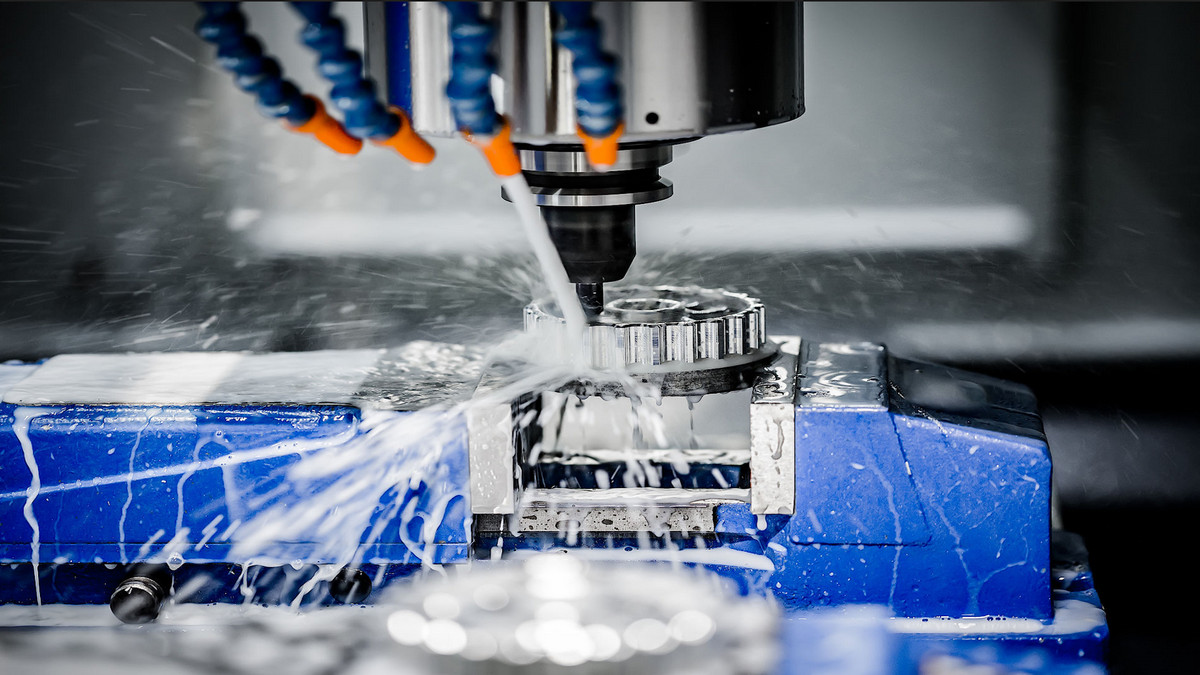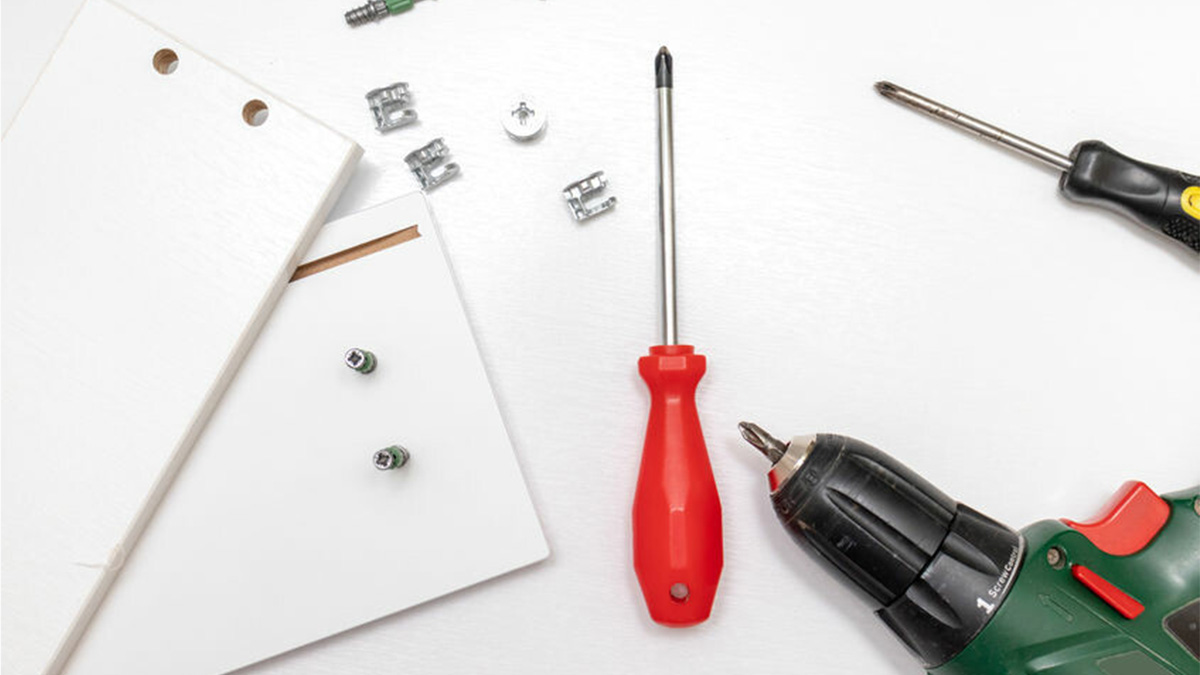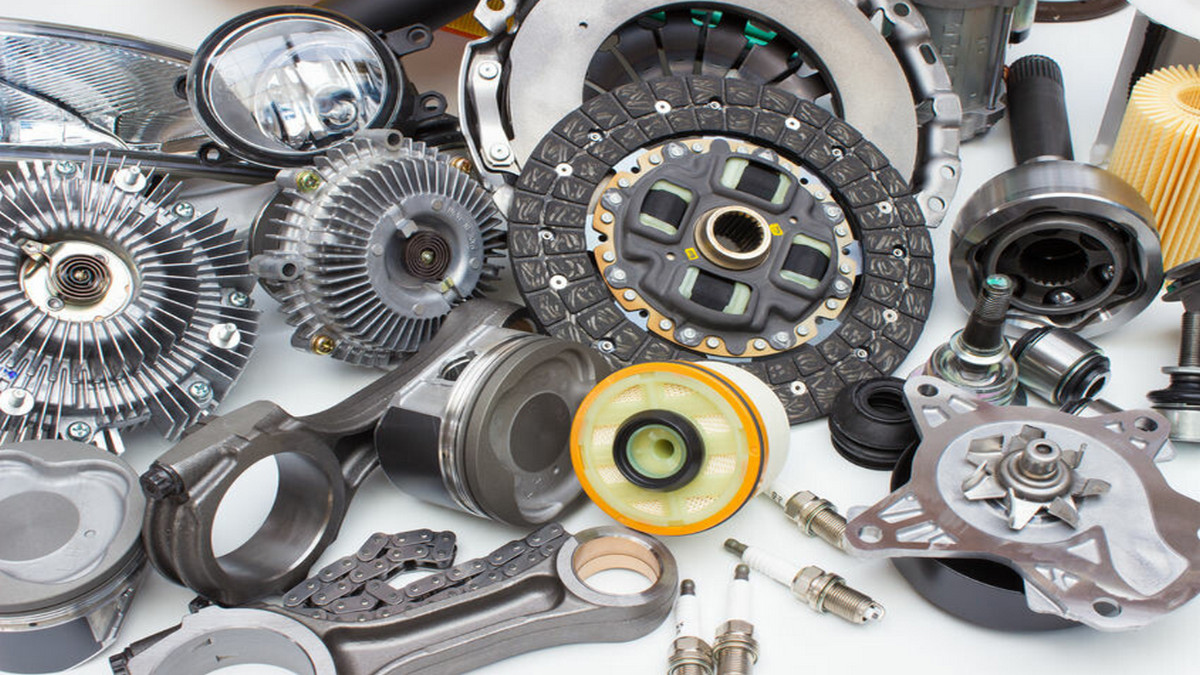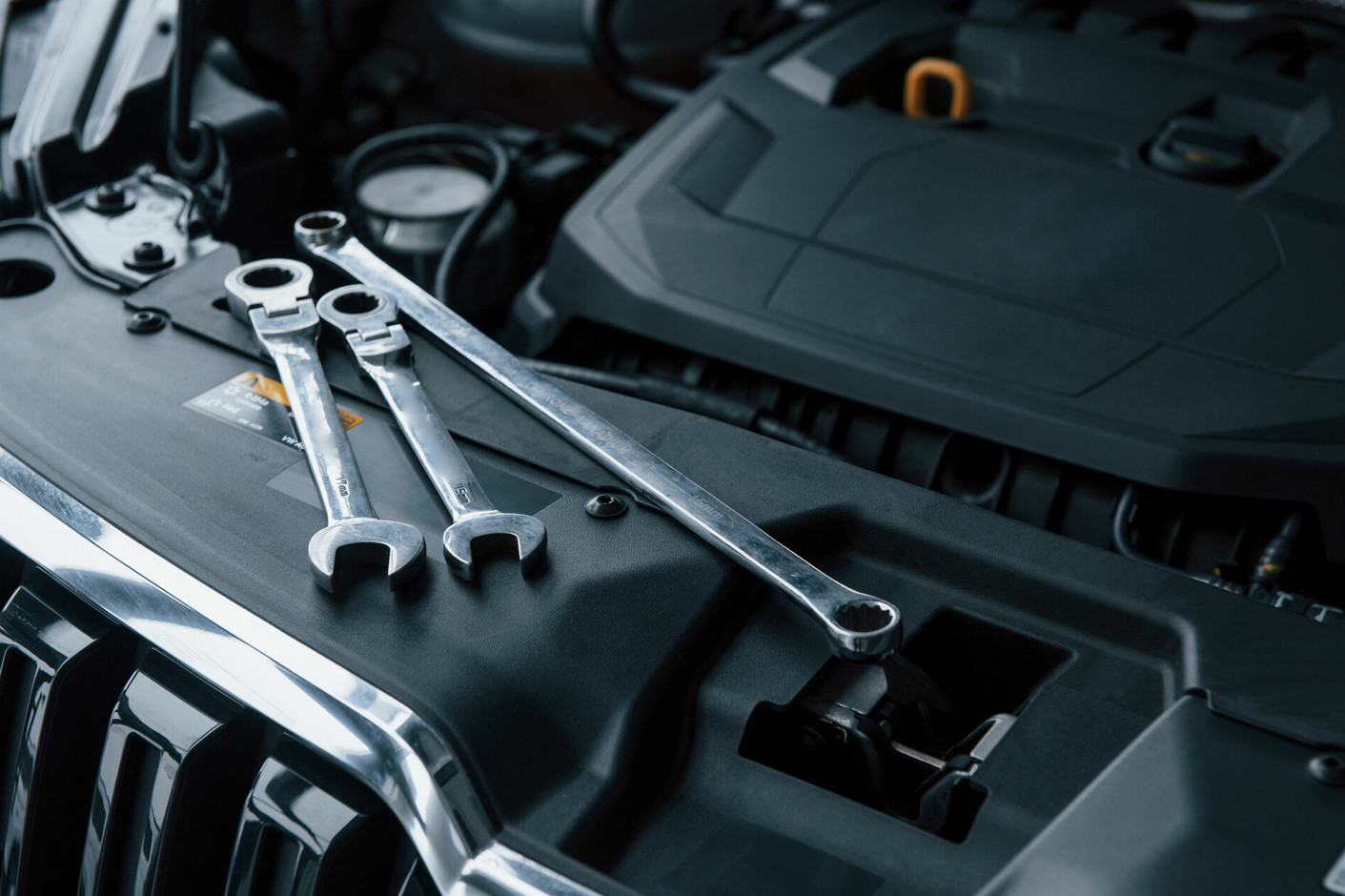Pneumatic power tools, commonly known as air tools, are widely used in industrial, automotive, and construction settings due to their efficiency, durability, and power. These tools operate using compressed air, making them a lightweight and high-powered alternative to electric or battery-operated tools. Pneumatic power tools consistently perform well, even under the most demanding conditions. They come in various forms, including impact wrenches, pneumatic drills, sanders, grinders, ratchets, air hammers, chisels, paint sprayers, nail guns, and staplers.














